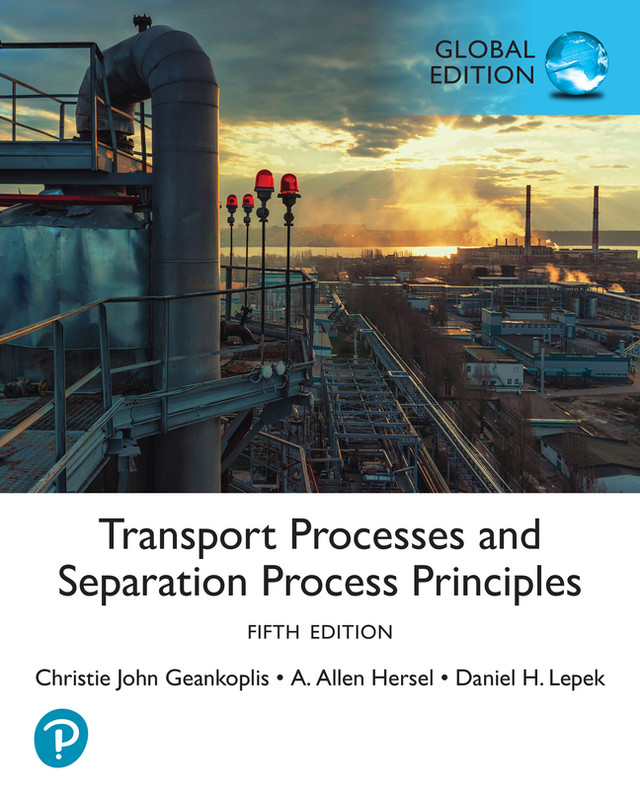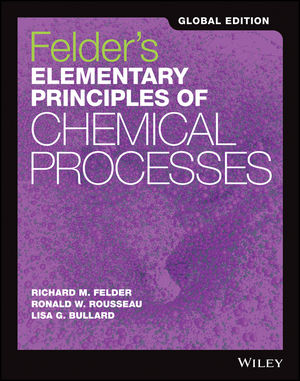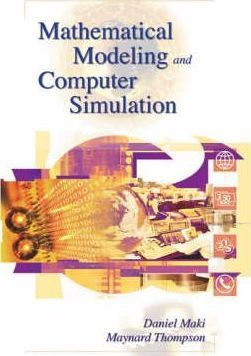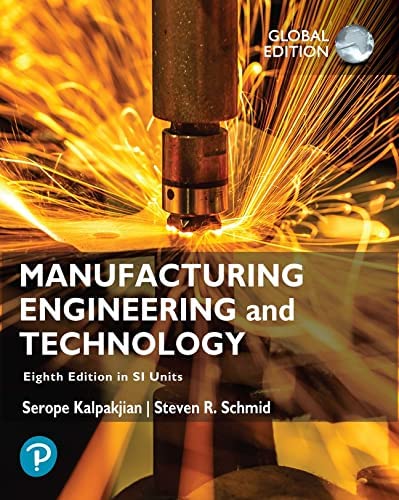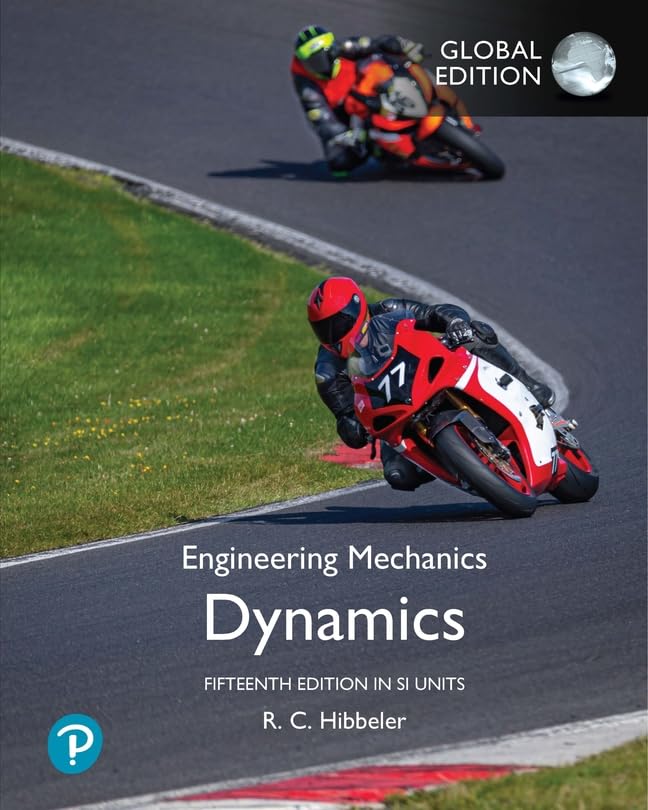Chapter 1: Mole Balances 1
1.1 The Rate of Reaction, -rA
1.2 The General Mole Balance Equation (GMBE)
1.3 Batch Reactors (BRs)
1.4 Continuous-Flow Reactors
1.5 Industrial Reactors
1.6 And Now … A Word from Our Sponsor – Safety 1 (AWFOS – S1 Safety)
Chapter 2: Conversion and Reactor Sizing
2.1 Definition of Conversion
2.2 Batch Reactor Design Equations
2.3 Design Equations for Flow Reactors
2.4 Sizing Continuous-Flow Reactors
2.5 Reactors in Series
2.6 Some Further Definitions
2.7 And Now . . . A Word from Our Sponsor – Safety 2 (AWFOS – S2 The NFPADiamond)
Chapter 3: Rate Laws
3.1 Basic Definitions
3.2 The Rate Law
3.3 The Reaction-Rate Constant
3.4 Molecular Simulations
3.5 Present Status of Our Approach to Reactor Sizing and Design
3.6 And Now . . . A Word from Our Sponsor – Safety 3 (AWFOS – S3 The GHSDiamond)
Chapter 4: Stoichiometry
4.1 Batch Reactors (BRs)
4.2 Flow Systems
4.3 Reversible Reactions and Equilibrium Conversion
4.4 And Now . . . A Word from Our Sponsor – Safety 4 (AWFOS – S4 The Swiss CheeseModel)
Chapter 5: Isothermal Reactor Design: Conversion
5.1 Design Structure for Isothermal Reactors
5.2 Batch Reactors (BRs)
5.3 Continuous-Stirred Tank Reactors (CSTRs)
5.4 Tubular Reactors
5.5 Pressure Drop in Reactors
5.6 Synthesizing the Design of a Chemical Plant
5.7 And Now . . . A Word from Our Sponsor – Safety 5 (AWFOS – S5 A SafetyAnalysis of the Incident Algorithm)
Chapter 6: Isothermal Reactor Design: Moles and MolarFlow Rates
6.1 The Moles and Molar Flow Rate Balance Algorithms
6.2 Mole Balances on CSTRs, PFRs, PBRs, and Batch Reactors
6.3 Application of the PFR Molar Flow Rate Algorithm to a Microreactor
6.4 Membrane Reactors
6.5 Unsteady-State Operation of Stirred Reactors
6.6 Semibatch Reactors
6.7 And Now . . . A Word from Our Sponsor – Safety 6 (AWFOS – S6 The BowTieDiagram)
Chapter 7: Collection and Analysis of Rate Data
7.1 The Algorithm for Data Analysis
7.2 Determining the Reaction Order for Each of Two Reactants Using the Methodof Excess
7.3 Integral Method
7.4 Differential Method of Analysis
7.5 Nonlinear Regression
7.6 Reaction-Rate Data from Differential Reactors
7.7 Experimental Planning
7.8 And Now . . . A Word from Our Sponsor – Safety 7 (AWFOS – S7 LaboratorySafety)
Chapter 8: Multiple Reactions
8.1 Definitions
8.2 Algorithm for Multiple Reactions
8.3 Parallel Reactions
8.4 Reactions in Series
8.5 Complex Reactions
8.6 Membrane Reactors to Improve Selectivity in Multiple Reactions
8.7 Sorting It All Out
8.8 The Fun Part
8.9 And Now . . . A Word from Our Sponsor – Safety 8 (AWFOS – S8 The FireTriangle)
Chapter 9: Reaction Mechanisms, Pathways,Bioreactions, and Bioreactors
9.1 Active Intermediates and Nonelementary Rate Laws
9.2 Enzymatic Reaction Fundamentals
9.3 Inhibition of Enzyme Reactions
9.4 Bioreactors and Biosynthesis
9.5 And Now . . . A Word from Our Sponsor – Safety 9 (AWFOS – S9 Process SafetyTriangle)
Chapter 10: Catalysis and Catalytic Reactors
10.1 Catalysts
10.2 Steps in a Catalytic Reaction
10.3 Synthesizing a Rate Law, Mechanism, and Rate-Limiting Step
10.4 Heterogeneous Data Analysis for Reactor Design
10.5 Reaction Engineering in Microelectronic Fabrication
10.6 Model Discrimination
10.7 Catalyst Deactivation
10.8 Reactors That Can Be Used to Help Offset Catalyst Decay
10.9 And Now . . . A Word from Our Sponsor – Safety 10 (AWFOS – S10 Exxon MobilTorrance Refinery Explosion Involving a Straight-Through Transport Reactor[STTR])
Chapter 11: Nonisothermal Reactor Design: TheSteady-State Energy Balance and Adiabatic PFR Applications
11.1 Rationale
11.2 The Energy Balance
11.3 The User-Friendly Energy Balance Equations
11.4 Adiabatic Operation
11.5 Adiabatic Equilibrium Conversion
11.6 Reactor Staging with Interstage Cooling or Heating
11.7 Optimum Feed Temperature
11.8 And Now . . . A Word from Our Sponsor – Safety 11 (AWFOS – S11 Acronyms)
Chapter 12: Steady-State Nonisothermal Reactor Design:Flow Reactors with Heat Exchange
12.1 Steady-State Tubular Reactor with Heat Exchange
12.2 Balance on the Heat-Transfer Fluid
12.3 Examples of the Algorithm for PFR/PBR Design with Heat Effects
12.4 CSTR with Heat Effects
12.5 Multiple Steady States (MSS)
12.6 Nonisothermal Multiple Chemical Reactions
12.7 Radial and Axial Temperature Variations in a Tubular Reactor
12.8 And Now . . . A Word from Our Sponsor – Safety 12 (AWFOS – S12 SafetyStatistics)
Chapter 13: Unsteady-State Nonisothermal ReactorDesign
13.1 The Unsteady-State Energy Balance
13.2 Energy Balance on Batch Reactors (BRs)
13.3 Batch and Semibatch Reactors with a Heat Exchanger
13.4 Nonisothermal Multiple Reactions
13.5 And Now . . . A Word from Our Sponsor – Safety 13 (AWFOS – S13 SafetyAnalysis of the T2 Laboratories Incident)
Chapter 14: Mass Transfer Limitations in Reacting Systems
14.1 Diffusion Fundamentals
14.2 Binary Diffusion
14.3 Modeling Diffusion with Chemical Reaction
14.4 The Mass Transfer Coefficient
14.5 Mass Transfer to a Single Particle
14.6 The Shrinking Core Model
14.7 Mass Transfer-Limited Reactions in Packed Beds
14.8 Robert the Worrier
14.9 What If . . .? (Parameter Sensitivity)
14.10 And Now . . . A Word from Our Sponsor – Safety 14 (AWFOS – S14 Sugar DustExplosion)
Chapter 15: Diffusion and Reaction
15.1 Diffusion and Reactions in Homogeneous Systems
15.2 Diffusion and Reactions in Spherical Catalyst Pellets
15.3 The Internal Effectiveness Factor
15.4 Falsified Kinetics
15.5 Overall Effectiveness Factor
15.6 Estimation of Diffusion- and Reaction-Limited Regimes
15.7 Mass Transfer and Reaction in a Packed Bed
15.8 Determination of Limiting Situations from Reaction-Rate Data
15.9 Multiphase Reactors in the Professional Reference Shelf
15.10 Fluidized Bed Reactors
15.11 Chemical Vapor Deposition (CVD)
15.12 And Now . . . A Word from Our Sponsor – Safety 15 (AWFOS – S15 CriticalThinking Questions Applied to Safety)
Chapter 16: Residence Time Distributions of ChemicalReactors
16.1 General Considerations
16.2 Measurement of the RTD
16.3 Characteristics of the RTD
16.4 RTD in Ideal Reactors
16.5 PFR/CSTR Series RTD
16.6 Diagnostics and Troubleshooting
16.7 And Now . . . A Word from Our Sponsor – Safety 16 (AWFOS – S16 CriticalThinking Actions)
Chapter 17: Predicting Conversion Directly from theResidence Time Distribution
17.1 Modeling Nonideal Reactors Using the RTD
17.2 Zero Adjustable Parameter Models
17.3 Using Software Packages Such as Polymath to Find Maximum MixednessConversion
17.4 Tanks-in-Series One Parameter Model, n
17.5 RTD and Multiple Reactions
17.6 And Now . . . A Word from Our Sponsor – Safety 17 (AWFOS – S17 Brief CaseHistory on an Air Preheater)
Chapter 18: Models for Nonideal Reactors
18.1 Some Guidelines for Developing Models
18.2 Flow and Axial Dispersion of Inert Tracers in Isothermal Reactors
18.3 Flow, Reaction, and Axial Dispersion
18.4 Flow, Reaction, and Axial Dispersion in Isothermal Laminar-Flow Reactorsand Finding Meno
18.5 Tanks-in-Series Model versus Dispersion Model
18.6 Numerical Solutions to Flows with Dispersion and Reaction
18.7 Nonisothermal Flow with Radial and Axial Variations in a Tubular Reactor
18.8 Two-Parameter Models – Modeling Real Reactors with Combinations of IdealReactors
18.9 And Now . . . A Word from Our Sponsor – Safety 18 (AWFOS – S18 AnAlgorithm for Management of Change (MoC))
Appendix A: Numerical Techniques 991
A.1 Useful Integrals in Chemical Reactor Design
A.2 Equal-Area Graphical Differentiation
A.3 Solutions to Differential Equations
A.4 Numerical Evaluation of Integrals
A.5 Semi-Log Graphs
A.6 Software Packages
Appendix B: Ideal Gas Constant and Conversion Factors
Appendix C: Thermodynamic Relationships Involving theEquilibrium Constant
Appendix D: Software Packages
D.1 Polymath
D.2 Wolfram
D.3 Python
D.4 MATLAB
D.5 Excel
D.6 COMSOL (http://www.umich.edu/~elements/6e/12chap/comsol.html)
D.7 Aspen
D.8 Visual Encyclopedia of Equipment – Reactors Section
D.9 Reactor Lab
Appendix E: Rate-Law Data
Appendix F: Nomenclature
Appendix G: Open-Ended Problems
G.1 Chem-E-Car
G.2 Effective Lubricant Design
G.3 Peach Bottom Nuclear Reactor
G.4 Underground Wet Oxidation
G.5 Hydrodesulfurization Reactor Design
G.6 Continuous Bioprocessing
G.7 Methanol Synthesis
G.8 Cajun Seafood Gumbo
G.9 Alcohol Metabolism
G.10 Methanol Poisoning
G.11 Safety
Appendix H: Use of Computational Chemistry SoftwarePackages
H.1 Computational Chemical Reaction Engineering
Appendix I: How to Use the CRE Web Resources
I.1 CRE Web Resources Components




